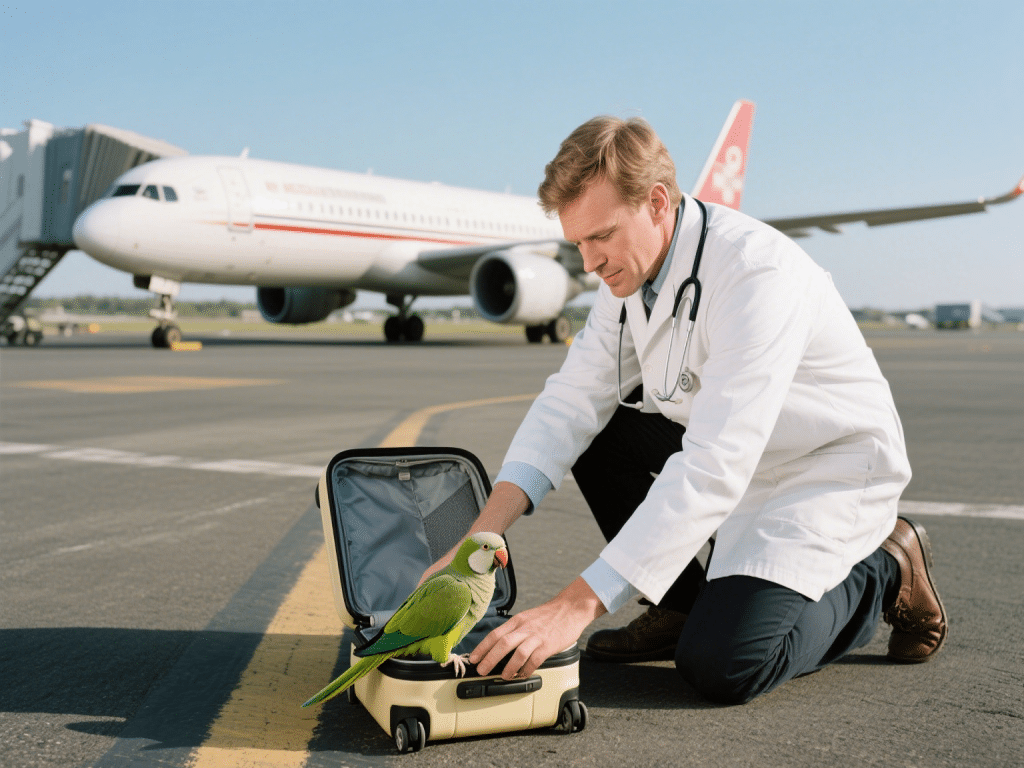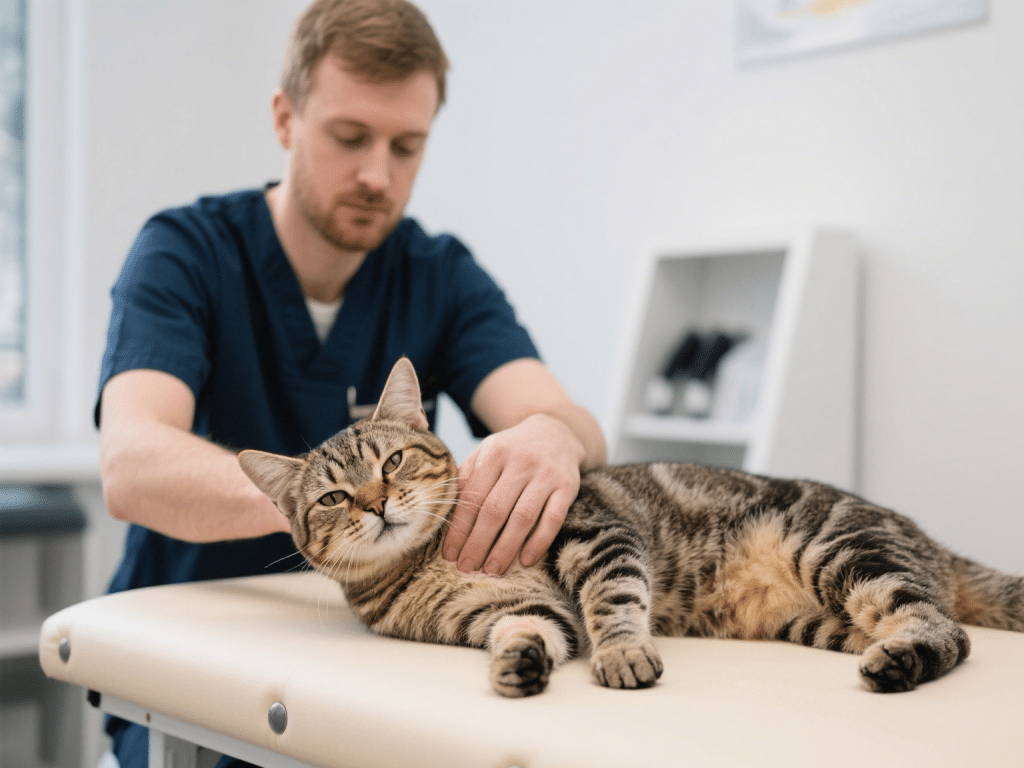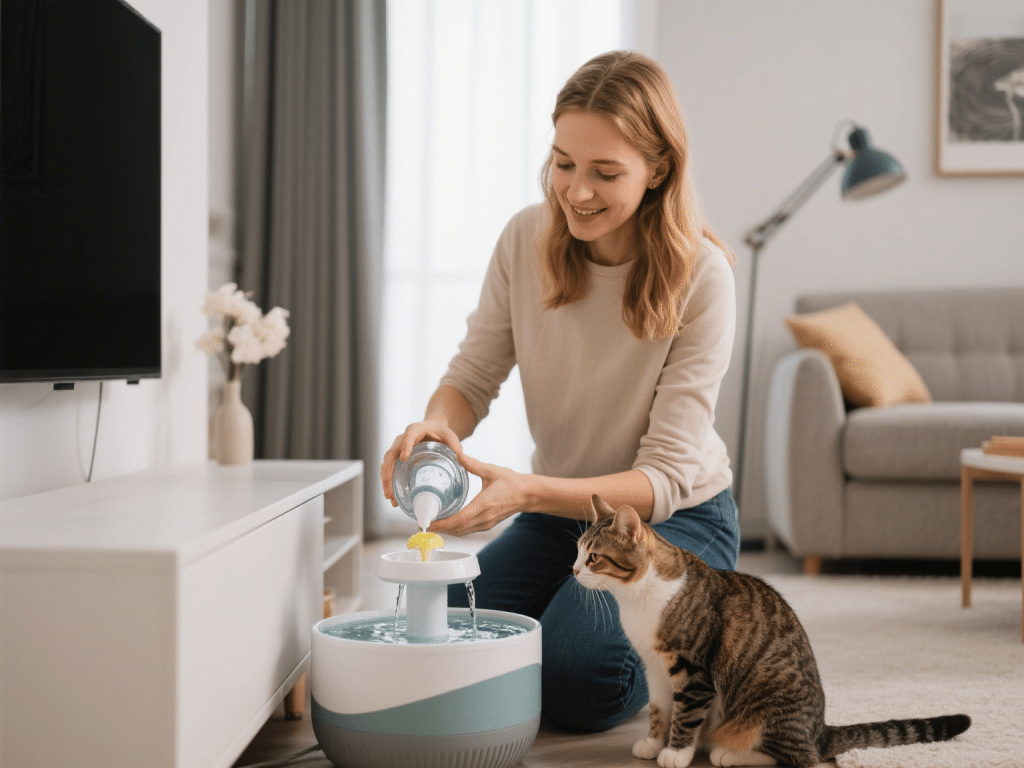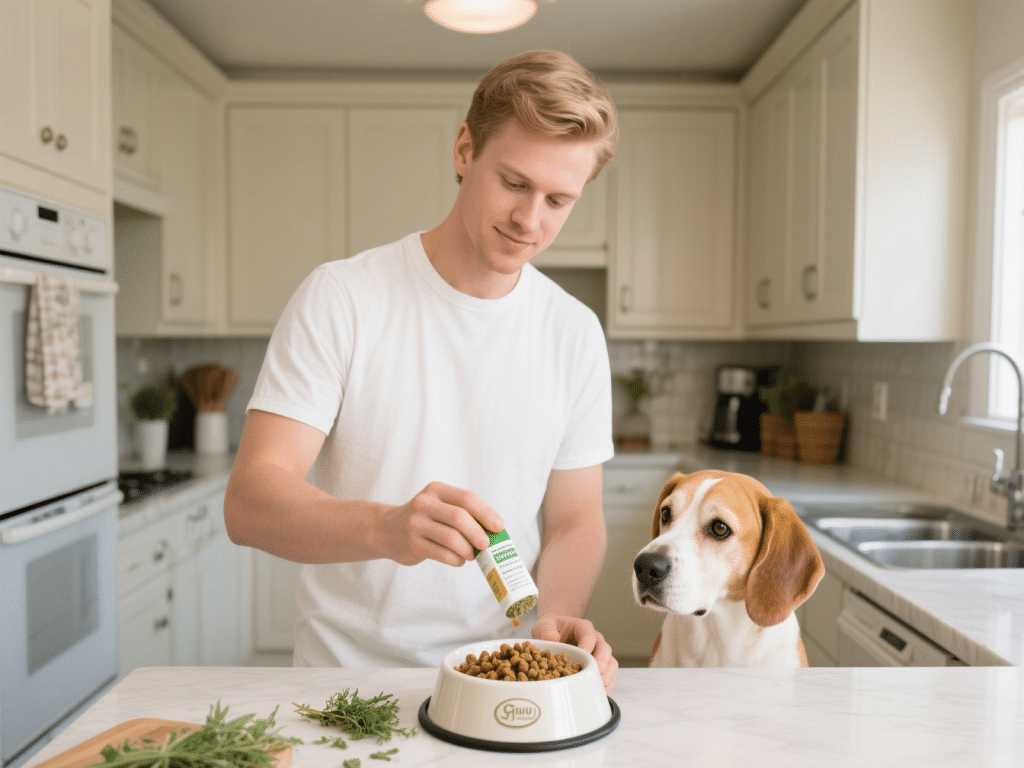RECOMMENDED NEWS

The Science Behind Pet Weight Loss: Expert Strategies
Obesity affects nearly 60% of domestic pets today, leading to arthritis, diabetes, and reduced lifes...
Read More →
A Complete Guide to Traveling with Birds: Tips for Safe Flight
As an avian specialist with 15 years of airline travel consultations, I’ve escorted hundreds of fe...
Read More →
Socializing Kittens: Techniques for Raising Well-Adjusted Cats
The critical socialization window for kittens spans 2 to 9 weeks of age. Proper exposure during this...
Read More →
Senior Cat Arthritis Management: Comfort Strategies That Work
Arthritis affects up to 90% of cats over 10 years old, silently eroding mobility and comfort. As a c...
Read More →
Best Water Fountains for Cats to Encourage Hydration
IntroductionDehydration in cats can lead to urinary tract infections (UTIs), kidney disease, and bla...
Read More →
Step-by-Step Guide to Soothe Cat Anxiety with Pheromone Diffusers
Cats may seem independent and aloof, but they’re highly sensitive to stress — and it often goes ...
Read More →
Tips for Managing Cat Shedding During the Summer Months
IntroductionAs temperatures rise, cats shed more to maintain ideal body temperature. While natural, ...
Read More →
Natural Dog Dewormers That Actually Work: Ingredients and Dosages
IntroductionMany dog owners seek natural alternatives to chemical dewormers to reduce side effects a...
Read More →
Best Dog Dewormers for Puppies: A Vet-Recommended Guide
IntroductionPuppies are particularly vulnerable to intestinal parasites—roundworms, hookworms, and...
Read More →
Comments on "Understanding Canine Separation Anxiety: Creating a Safe Space" :